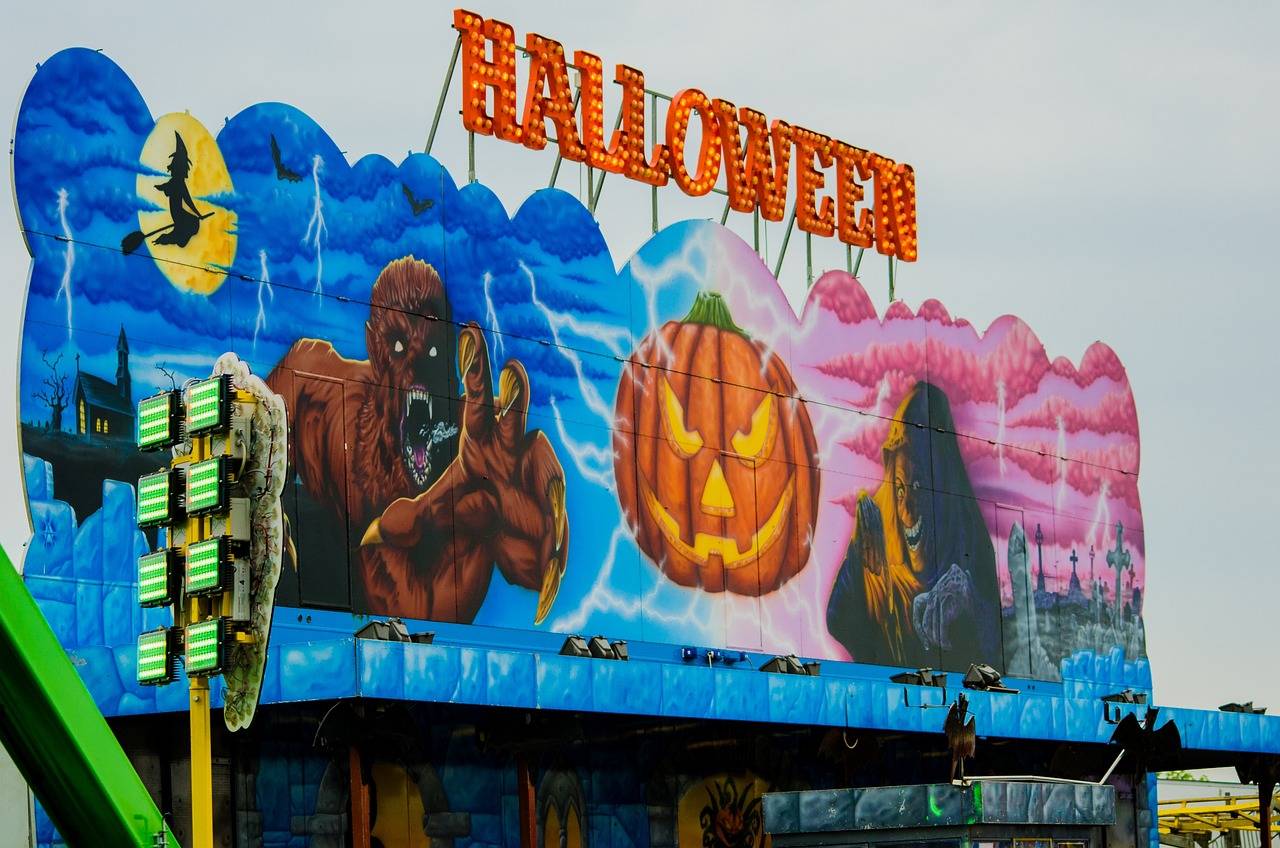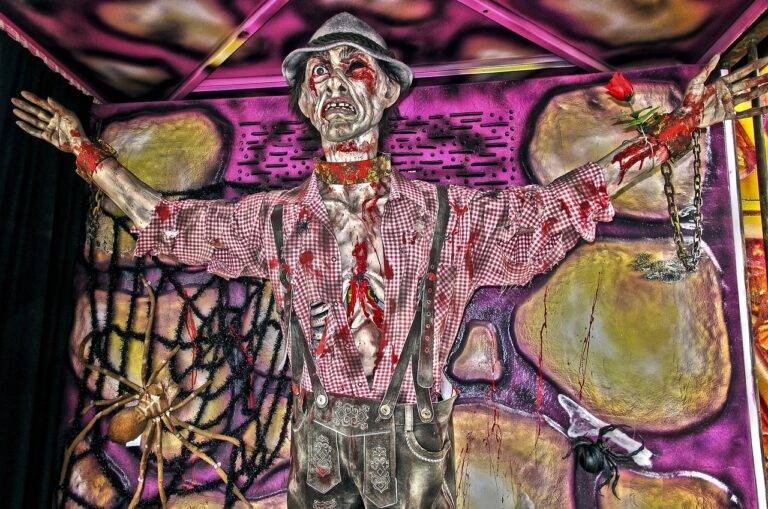The Influence of Film Noir on Contemporary Cinema: A Stylistic Legacy
Film Noir emerged in the early 1940s as a distinct cinematic style that was greatly influenced by the dark times of World War II. The term “film noir,” which translates to “black film” in French, was first used by French critics to describe a series of Hollywood crime films that captured the bleak and cynical atmosphere of the era. The roots of film noir can be traced back to German Expressionism and the hard-boiled detective novels of American writers like Dashiell Hammett and Raymond Chandler.
One of the key elements that set film noir apart from other genres was its visual style characterized by low-key lighting, stark contrasts, and unconventional camera angles. These visual techniques were used to create a sense of mystery, tension, and psychological depth in films. The use of shadow and light became a signature feature of film noir, reflecting the moral ambiguity and existential dilemmas faced by its often flawed and tormented characters.
Key Characteristics of Film Noir
Film noir is characterized by its dark and brooding atmosphere, often depicted through low-key lighting and shadowy visuals. The use of chiaroscuro lighting techniques creates a sense of mystery and suspense, emphasizing the moral ambiguity of the characters and storylines. The visual style of film noir often mirrors the psychological complexities and moral dilemmas faced by the characters, adding depth and tension to the narrative.
Another key characteristic of film noir is its emphasis on flawed and morally ambiguous characters, often caught in a web of deceit and betrayal. Protagonists in film noir are typically antiheroes, grappling with their own inner demons and struggling with ethical decisions. The moral ambiguity of the characters in film noir reflects the uncertainty and moral relativism prevalent in the post-World War II era, adding complexity and depth to the storytelling.
Evolution of Film Noir in Hollywood
Hollywood saw a significant evolution of film noir throughout the 1940s and 1950s. The genre began to explore darker themes and complex characters, mirroring the societal shifts of post-World War II America. Directors like Billy Wilder and Fritz Lang delved into the seedy underbelly of society, bringing a sense of cynicism and moral ambiguity to the screen. This departure from traditional Hollywood storytelling helped establish film noir as a distinctive and influential genre within the industry.
As the years progressed, film noir continued to evolve, with directors experimenting with different styles and narratives. The use of shadowy lighting, flashbacks, voice-over narration, and morally ambiguous protagonists became signature elements of the genre. Films like “Double Indemnity” and “The Maltese Falcon” exemplified the gritty realism and psychological complexity that defined film noir during this era. Hollywood embraced the genre’s unique aesthetic and storytelling techniques, solidifying its place in cinematic history.





